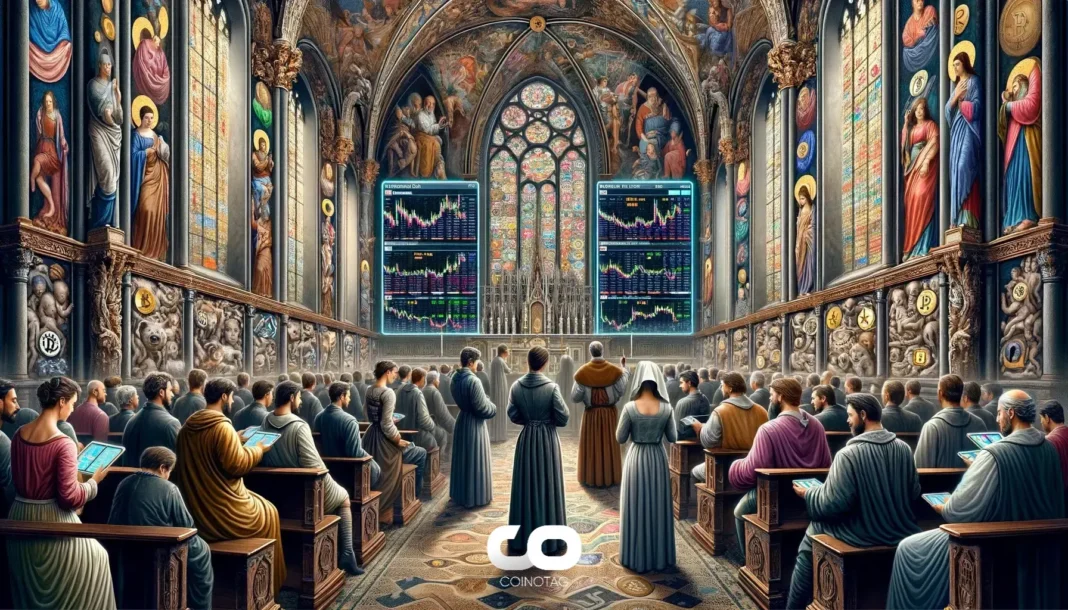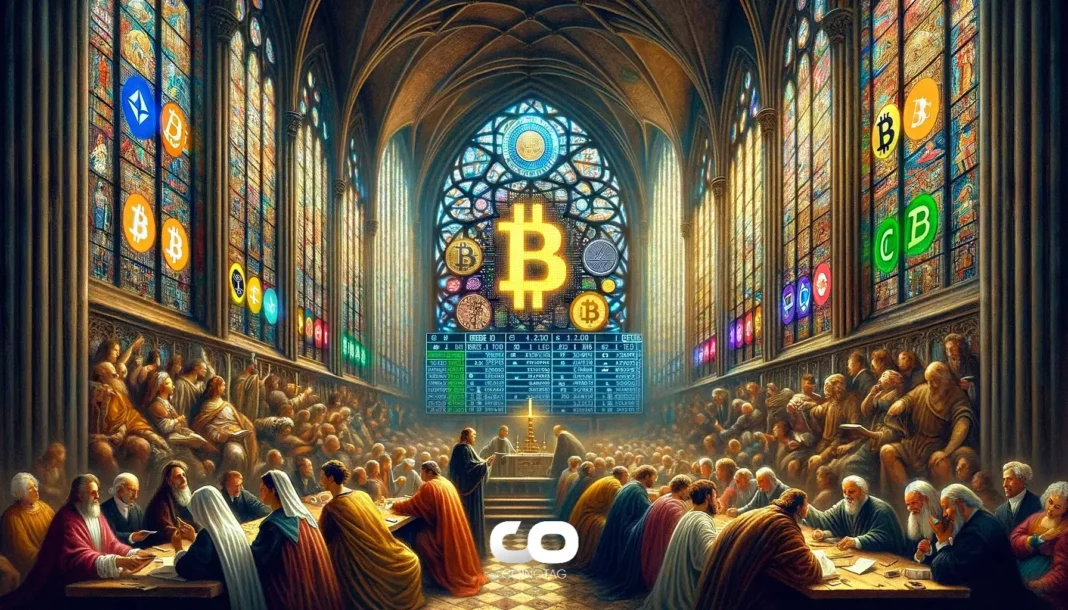-
Bitcoin’s resilience is evident as unrealized profits soar to $1.2 trillion, signaling strong investor confidence despite recent price fluctuations.
-
Data from Glassnode reveals a marked decline in short-term selling, indicating that many investors prefer to hold rather than cash out amid current market conditions.
-
According to Glassnode, “HODLing appears to be the dominant market mechanic across a plethora of spending metrics,” highlighting a shift in investor behavior toward long-term holding.
Bitcoin’s unrealized profits near record highs as investor patience grows, with declining sell pressure suggesting a bullish outlook for the crypto market.
Bitcoin Unrealized Profits Reach Near All-Time Highs Amid Strong HODLing Trends
Glassnode’s latest report underscores a significant milestone for Bitcoin investors, with total unrealized profits approaching $1.2 trillion, just shy of the $1.3 trillion peak recorded late last year. This surge reflects an average paper gain of 125% per investor, emphasizing the robust profitability currently held within the market. Despite these gains, the data reveals a pronounced reluctance among investors to liquidate their positions, suggesting a strong preference for HODLing as the prevailing market strategy. This behavior is particularly notable given Bitcoin’s recent price stabilization around $98,300, which aligns closely with the average acquisition cost for short-term holders (those holding less than 155 days).
Declining Sell Pressure from Short-Term Holders Signals Market Confidence
Glassnode highlights a sharp reduction in selling activity from short-term holders following Bitcoin’s peak near $111,970 in May. This decline in realized profits and selling pressure indicates that investors are increasingly optimistic about future price appreciation. The report suggests that the current price levels are insufficient to motivate widespread profit-taking, implying that a significant price movement—either upward or downward—may be necessary to unlock additional supply. This trend is further supported by on-chain metrics showing an increase in long-term holder supply, reinforcing the narrative of growing investor patience and confidence in Bitcoin’s long-term value proposition.
Market Dynamics: Long-Term Holders and Their Impact on Bitcoin’s Price Movement
While short-term holders exhibit restraint, some analysts point to long-term holders as a key factor influencing Bitcoin’s price dynamics. Capriole Investments founder Charles Edwards has noted that persistent selling pressure from long-term holders, particularly since the introduction of spot Bitcoin ETFs in early 2024, has constrained Bitcoin’s ability to break decisively above the $100,000 threshold. Edwards describes this phenomenon as long-term holders “dumping on Wall Street,” which has introduced a ceiling effect on price growth. This interplay between long-term selling and short-term holding creates a complex market environment where supply and demand forces are finely balanced.
Investor Sentiment and Market Outlook
Bitcoin’s current trading price of approximately $106,170, just 5.5% below its all-time high, coupled with the highest monthly close in June, reflects a market in cautious optimism. The prevailing sentiment among investors appears to favor accumulation over liquidation, supported by the strong fundamentals indicated by Glassnode’s data. This environment sets the stage for potential bullish momentum, especially if Bitcoin can overcome the resistance posed by long-term holder selling. Market participants are advised to monitor on-chain indicators and realized profit trends closely, as these metrics provide valuable insights into underlying market health and future price trajectories.
Conclusion
In summary, Bitcoin’s near-record unrealized profits and declining short-term sell pressure illustrate a market characterized by increased investor patience and confidence. The dominance of HODLing behavior, alongside the nuanced influence of long-term holder selling, shapes a complex but promising landscape for Bitcoin’s price development. As the market navigates this equilibrium, stakeholders should remain attentive to key on-chain metrics and price movements that could signal the next significant phase in Bitcoin’s growth cycle.







